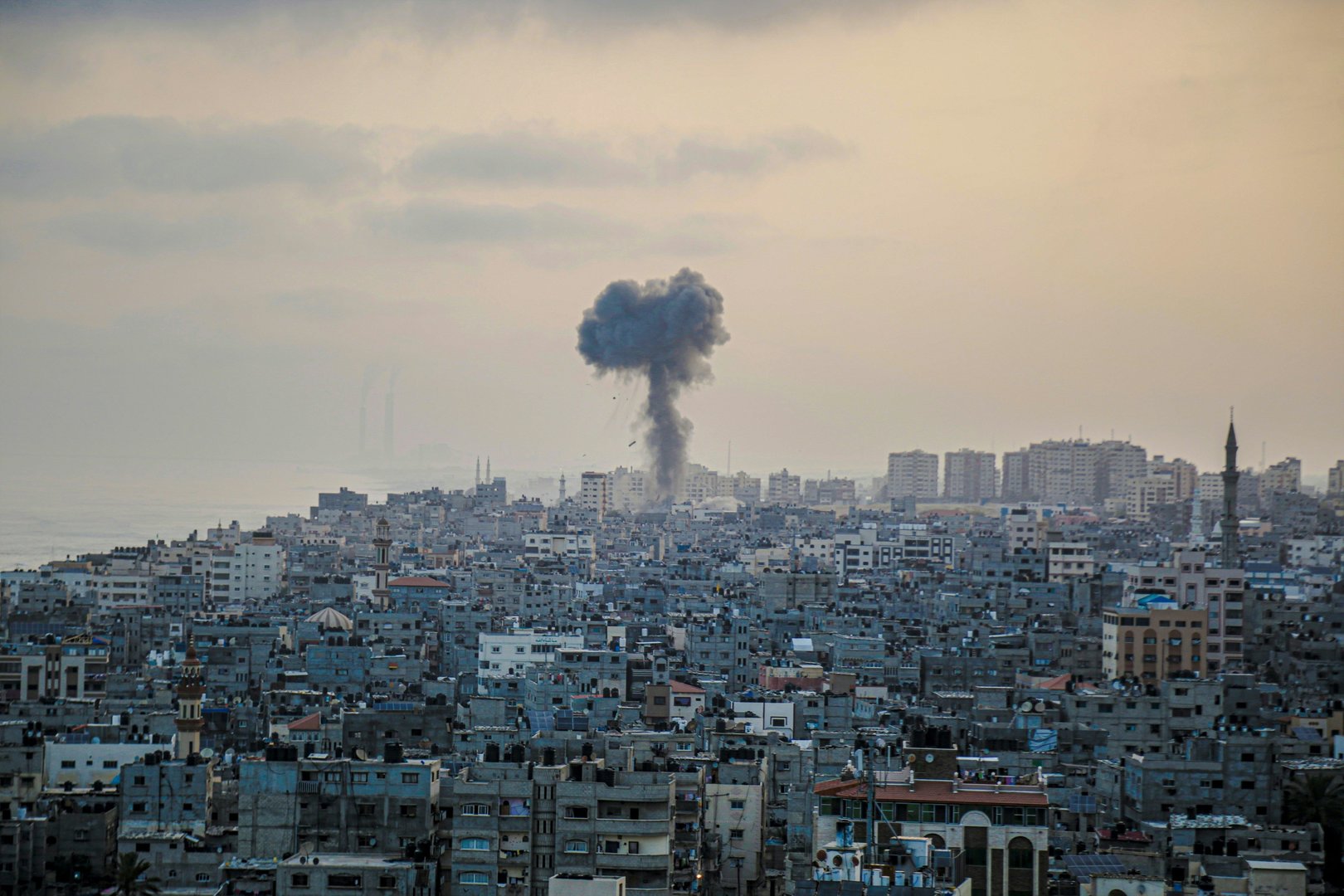
Fragile Gaza Ceasefire Marred by Israel Strikes and U.S. Endorsement
Despite truce on October 10, Israeli bombardments and humanitarian delays raise questions over monitoring and accountability
Since the ceasing of hostilities on 10 October 2025, a United States-mediated agreement between the State of Israel and the armed group Hamas has been tested by a resurgence of violence and humanitarian-aid shortfalls.
On 28–29 October Israeli air-forces launched intensive strikes across Gaza, killing over one hundred people in a span of less than twenty-four hours—marking the deadliest single-day episode since the truce took effect.
The Israeli military asserted the strikes were in retaliation for alleged attacks by Hamas on its forces and the delayed return of hostages’ remains.
Local health authorities in Gaza reported at least one hundred and four fatalities, including forty-six children, in the overnight bombardments concentrated in Gaza City and Khan Younis.
Israeli Prime Minister Benjamin Netanyahu described the attacks as “renewed enforcement” of the truce, while Hamas denied responsibility for any breach and insisted it remained committed.
Official records indicate that hundreds of Palestinians have been killed and wounded in the weeks following the ceasefire.
A Gaza media-office report cited at least forty-seven alleged violations by Israeli forces within the first eight days of the truce, resulting in at least thirty-eight deaths and 143 injuries.
The terms of the agreement called for the suspension of all military operations, including aerial and artillery bombardments, yet they continue to be alleged.
Equally troubling are delays in humanitarian access.
Under the truce Israel committed to allowing up to six hundred aid-trucks per day into Gaza; yet in the first week only two hundred-something arrived.
International aid organisations continue to report hundreds of rejected permit-requests, slow-moving convoys and blocked crossings, including Rafah, which remains closed for days at a time despite the agreement’s stipulations.
While U.S. Vice President J.D. Vance described the truce as “holding,” U.S. President Donald Trump publicly defended Israeli strikes, stating that Israel “should hit back.” Experts warn that repeated bursts of violence and mistrust among the parties could render the agreement a mere cease-fire of convenience rather than a pathway to durable peace.
The contrasting positions—officially in favour of the agreement’s continuity yet tolerating severe breaches—underscore the shifting geopolitics, where enforcement and accountability continue to lag behind diplomatic ritual.
On 28–29 October Israeli air-forces launched intensive strikes across Gaza, killing over one hundred people in a span of less than twenty-four hours—marking the deadliest single-day episode since the truce took effect.
The Israeli military asserted the strikes were in retaliation for alleged attacks by Hamas on its forces and the delayed return of hostages’ remains.
Local health authorities in Gaza reported at least one hundred and four fatalities, including forty-six children, in the overnight bombardments concentrated in Gaza City and Khan Younis.
Israeli Prime Minister Benjamin Netanyahu described the attacks as “renewed enforcement” of the truce, while Hamas denied responsibility for any breach and insisted it remained committed.
Official records indicate that hundreds of Palestinians have been killed and wounded in the weeks following the ceasefire.
A Gaza media-office report cited at least forty-seven alleged violations by Israeli forces within the first eight days of the truce, resulting in at least thirty-eight deaths and 143 injuries.
The terms of the agreement called for the suspension of all military operations, including aerial and artillery bombardments, yet they continue to be alleged.
Equally troubling are delays in humanitarian access.
Under the truce Israel committed to allowing up to six hundred aid-trucks per day into Gaza; yet in the first week only two hundred-something arrived.
International aid organisations continue to report hundreds of rejected permit-requests, slow-moving convoys and blocked crossings, including Rafah, which remains closed for days at a time despite the agreement’s stipulations.
While U.S. Vice President J.D. Vance described the truce as “holding,” U.S. President Donald Trump publicly defended Israeli strikes, stating that Israel “should hit back.” Experts warn that repeated bursts of violence and mistrust among the parties could render the agreement a mere cease-fire of convenience rather than a pathway to durable peace.
The contrasting positions—officially in favour of the agreement’s continuity yet tolerating severe breaches—underscore the shifting geopolitics, where enforcement and accountability continue to lag behind diplomatic ritual.












